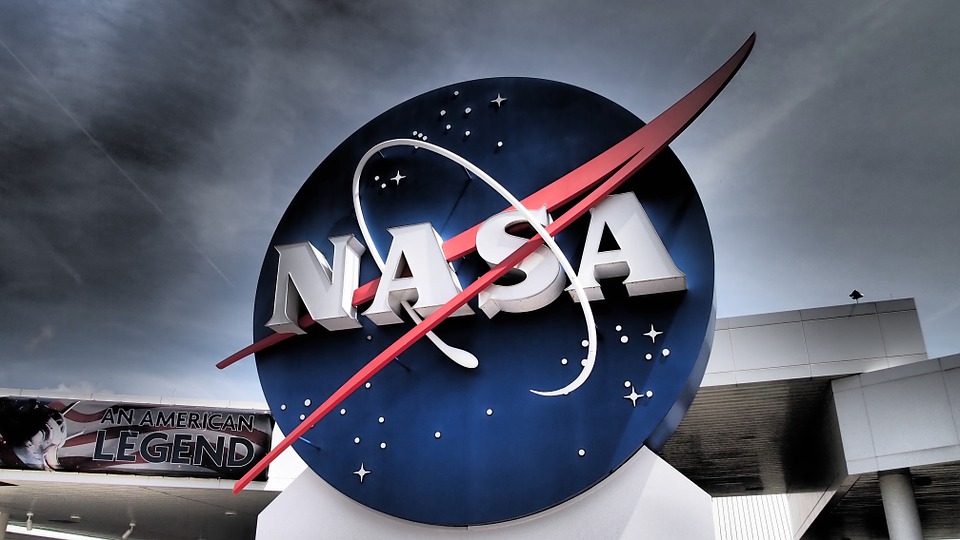(Natural News) The National Aeronautics and Space Administration (NASA) has warned that the East Coast and the Gulf Coast are sinking faster than other regions in the continental United States, but the sinking land levels aren’t caused by “climate change.”
Land subsidence – the downward motion of land – is a legitimate concern for scientists due to the higher flood risk in coastal cities. This phenomenon is caused by human activity, such as the extraction of oil, water or minerals from underground. Buildings can also cause land subsidence by adding weight on the soil and pushing it down.
But according to NASA scientist David Bekaert, some land subsidence is linked to deep natural processes over long periods of time – such as responses to activity at the tectonic plates or the retreat of glaciers from the last Ice Age.
“If we look at the data, we don’t see a city as a whole, uniform society,” he said. “We generally see regions of hot spots where you can see parts of cities subsiding depending on what is happening.”
In the western Gulf Coast, Bekaert and his colleagues found Houston to have the fastest peak subsidence rates nationwide – about 17 millimeters (0.67 inches) per year from 2014 to 2020. They found that the majority of areas affected by flooding from Hurricane Harvey back in 2017 had high subsidence rates. Meanwhile, groundwater withdrawal largely caused land sinking in the Houston-Galveston area.
Parts of New Orleans are also experiencing high rates of land sinking due to natural and anthropomorphic causes. A separate study noted that land subsidence rates are highly variable across the Crescent City, ranging from 150 mm (5.9 in) to 500 mm (19.7 in) over the past 20 years. According to city authorities, shifting of underground faults is also to blame.
Data from 2009 to 2012 showed the highest subsidence rates along the Mississippi River near industrial areas in Norco and Michoud – both in Louisiana – with up to 50 mm (1.97 in) of sinking annually. The Bonnet Carre Spillway, intended to reduce flood risk for the Pelican State, experienced up to 40 mm (1.57 in) of annual sinking behind it. NASA reported that the primary contributor is pumping groundwater.
NYC sinking into the sea
Meanwhile, New York City in the East Coast is sinking into its surrounding bodies of water at a rate of one to two mm (0.04 to 0.08 in) a year, with some areas subsiding much faster. (Related: Heavy skyscrapers causing New York City to sink, geologists warn.)
The more than one million buildings in the Big Apple, including the iconic Empire State Building and Chrysler Building, were found to weigh nearly 1.7 trillion pounds – roughly equivalent to 140 million elephants. Tom Parsons, a geologist at the U.S. Geological Survey, warned that the gradual sinking makes the city extremely vulnerable to natural disasters.
But University of Rhode Island geophysicist Matt Wei pointed out that the Big Apple’s skyscrapers aren’t the only ones to blame.
“NYC is sinking not because of the weight of the buildings. It’s mainly because of the glacier rebound,” he said. “But there are places suggesting the weight of the buildings might have contributed to the accelerated rate.”
Post-glacial rebound, the phenomenon Wei mentioned, pertains to the rise of land masses previously depressed by the huge weight of ice sheets during the last Ice Age. It is also called continental rebound, isostatic rebound or isostatic adjustment. But the Big Apple isn’t the only one affected by this.
The city of Norfolk in Virginia is also sinking, thanks to a crater stemming from a meteorite impact millions of years ago. Softer dirt that entered the crater has since compacted and shifted downward, causing the land around the crater to subside.
But aside from this, Bekaert mentioned that groundwater pumping is also worsening the subsidence. Historically, paper mills near Norfolk did a lot of pumping – but operations ceased with new regulations.
Head over to Disaster.news for more similar stories.
Listen to this edition of the “Finding Genius Podcast” that discusses coastal restoration in Louisiana to save its sinking land.
This video is from the Finding Genius Podcast channel on Brighteon.com.
More related stories:
California sinking ONE FOOT each year from groundwater depletion.
Mexico City sinking at “unstoppable rate” of up to 20 inches a year, study finds.
A new conundrum for city budgets: A city in Virginia is sinking — unevenly — according to NASA.
Sources include:

Your Daily Briefing:
Fight Online Censorship!
Get the news Google and Facebook don't want you to see: Sign up for DC Dirty Laundry's daily briefing and do your own thinking!

